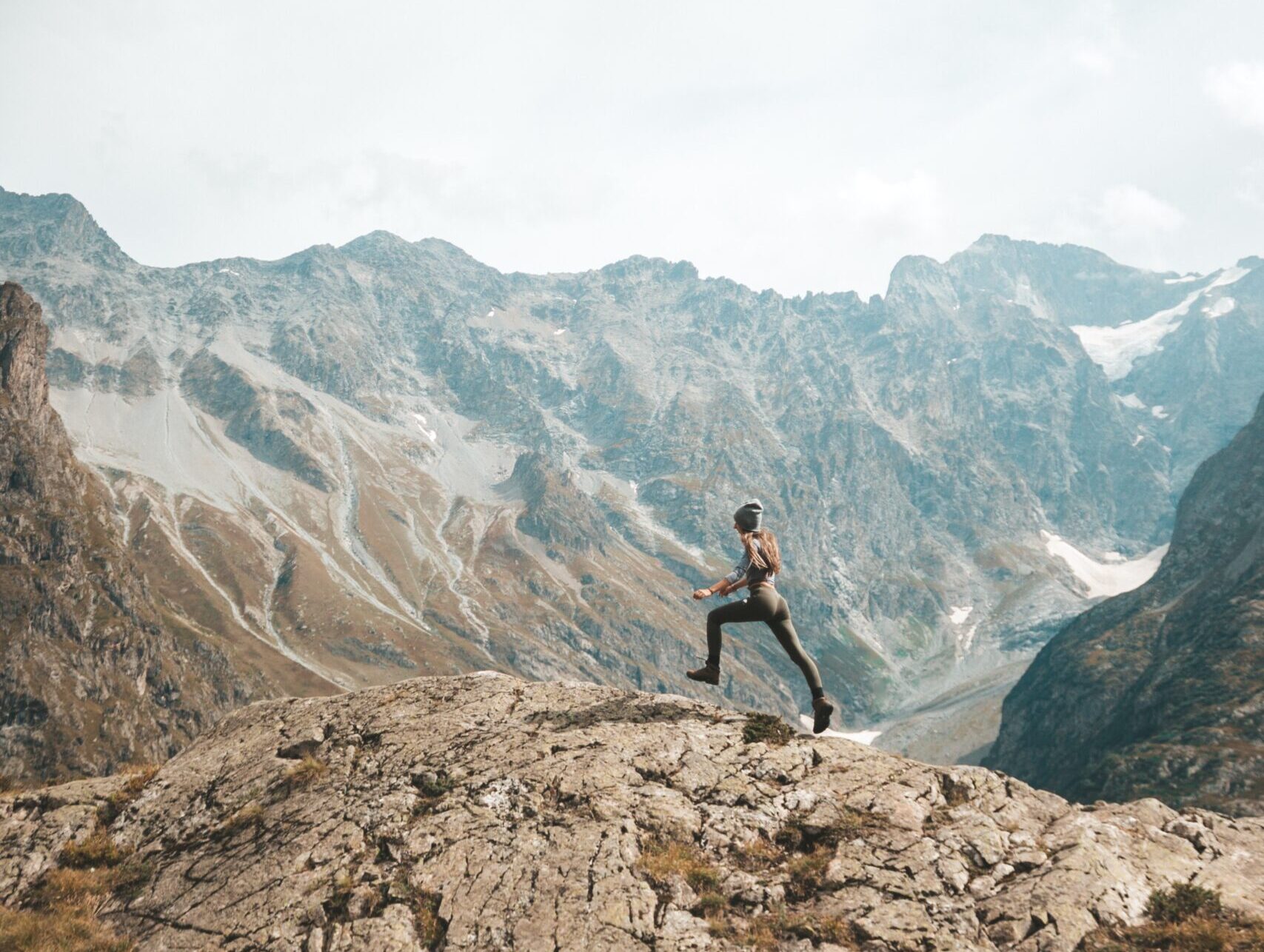
Trail running offers a thrilling escape from the confines of urban landscapes, immersing runners in the beauty and challenges of natural environments. Whether you’re a seasoned road runner looking to explore off the beaten path or a complete beginner eager to embrace the trails, having the right gear is crucial for a safe and enjoyable experience.
In this article, we will explore the essential gear that new trail runners should consider before embarking on their outdoor adventures.
Disclosure: This website contains affiliate links. When you make a purchase or take any action through these links, we may receive a commission at no additional cost to you. This helps support the ongoing maintenance and operation of our website, allowing us to continue providing valuable content and recommendations. Thank you for your support!
Trail Running Shoes
The most critical piece of equipment for any trail runner is a reliable pair of trail running shoes. Unlike road running shoes, trail shoes are specifically designed to handle the uneven terrain, rocks, mud, and other obstacles encountered on trails. Look for shoes with a rugged outsole for better traction, a protective toe cap to shield your feet from rocks, and ample cushioning to absorb impact. Fit is key, so try on different brands and models to find the one that suits your foot shape and running style best.
See our post here on how to pick the best trail running shoes for your body and style.
Moisture-Wicking Apparel
Choose moisture-wicking clothing made from technical fabrics that help manage sweat and keep you dry and comfortable throughout your run. Opt for lightweight, breathable shirts, shorts or tights, and socks that prevent chafing and blisters. Consider wearing compression gear to support your muscles and improve recovery.
Hydration System
Staying hydrated on the trails is essential, especially during longer runs or in hot weather conditions. Invest in a hydration system that suits your preferences, such as handheld water bottles, hydration belts, or hydration backpacks. These systems allow you to carry water or sports drinks, as well as additional gear like snacks, a mobile phone, or a first aid kit.
Navigation Tools
When exploring unfamiliar trails, it’s crucial to have the means to navigate your way. Carry a detailed trail map, a compass, or a GPS watch with preloaded maps and waypoints to help you stay on course. Familiarize yourself with the basics of map reading and navigation to enhance your safety and prevent getting lost.
Sun Protection
Trail running often exposes you to prolonged sun exposure, so protecting yourself from harmful UV rays is crucial. Wear a lightweight, breathable hat or visor to shield your face and eyes from the sun. Don’t forget to apply sunscreen on exposed skin and consider wearing UV-protective clothing to minimize sunburn risk.
Trail Gaiters
Trail gaiters are fabric sleeves that cover the top of your shoes, preventing debris like rocks, sand, or twigs from entering. They help keep your shoes and socks cleaner, reducing the risk of blisters and discomfort. Gaiters are particularly useful on dusty or sandy trails, as well as in muddy or snowy conditions.
Safety Equipment
Safety should always be a priority when venturing into the wilderness. Carry a lightweight, compact first aid kit to address minor injuries or emergencies. Additionally, consider packing essentials such as a whistle for signaling, a headlamp or flashlight for low-light conditions, and a lightweight emergency blanket.
Bug Protection
Depending on the location and time of year, trail runners may encounter insects like mosquitoes, ticks, or flies. Use insect repellent to deter bugs and consider wearing lightweight, breathable clothing with built-in insect repellent properties. Long-sleeved shirts and pants can provide additional protection, especially in areas known for ticks or other biting insects.
As a new trail runner, equipping yourself with the right gear can greatly enhance your experience while ensuring your safety and comfort on the trails. Invest in quality trail running shoes, moisture-wicking apparel, and a hydration system to support your performance. Don’t forget navigation tools, sun protection, gaiters, safety equipment, and other items to make it a safe and fun outing.







